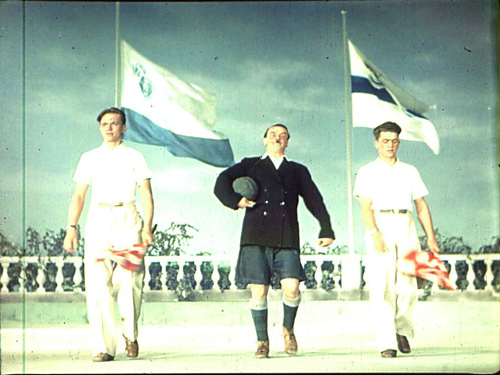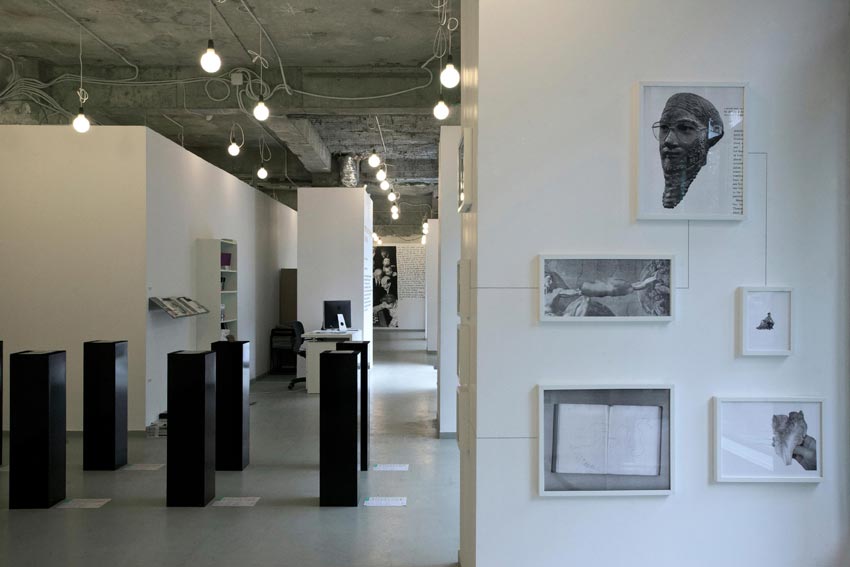Interview with Jelena Vesić About her Show Political Practices of (post-) Yugoslav Art: Retrospective 01
In this interview we discuss the exhibition Political Practices of (Post-)Yugoslav Art: RETROSPECTIVE 01 (hereinafter referred to as PPYUart that Jelena Vesi? co-curated with a group of independent curators, theorists, researchers, artists and activists, andwhich was presented at the Museum of Yugoslav History in Belgrade in 2009. The project was initiated by four independent organizations: the new media center kuda.org (Novi Sad); the curatorial collective WHW (Zagreb); Prelom kolektiv (Belgrade); and SCCA/pro.ba (Sarajevo).
Nikola Dedić/Aneta Stojni?/ARTMargins Online: I would like to start with a question about the exhibition title, which is long and difficult to remember on the one hand, … Read more




,%20History%20of%20Art%20in%20Serbia%20in%2020th%20Century,%20book%20cover,%202011.jpg)





